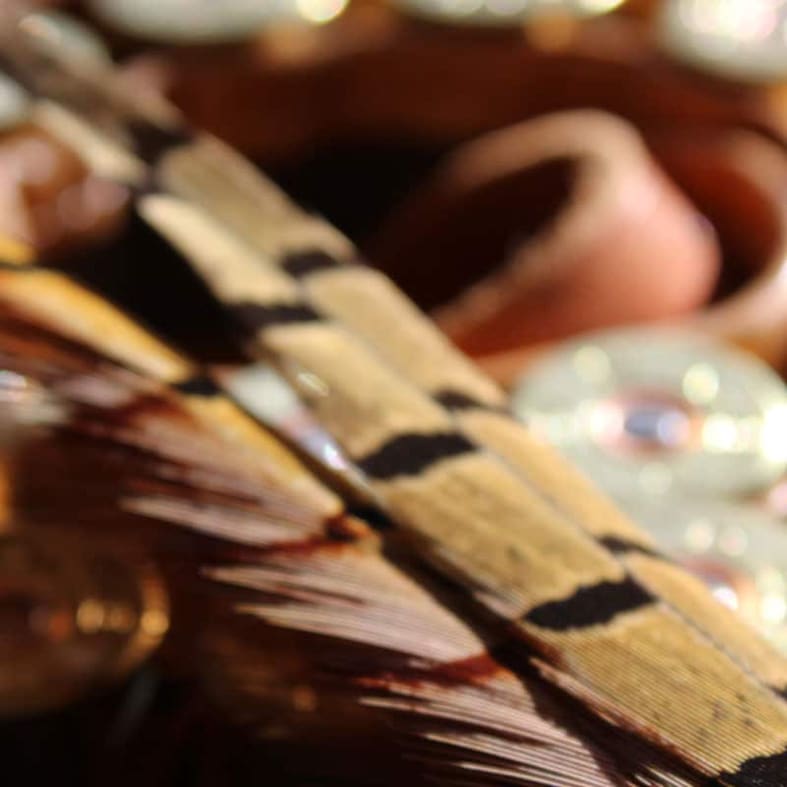Project and events manager of shooting and operations
Salary/Vehicle: Circa £40,000Location: Project and events manager of shooting and operationsReporting to: Deputy director of shooting and operationsClosing Date: Sunday 20 July 2025Reference: PEMSO/JULY/2025 Role information The manager is responsible for the delivery of BASC’s highest-profile events, including some training programmes. These are key to BASC’s member engagement, brand presence and partnership delivery. The role











